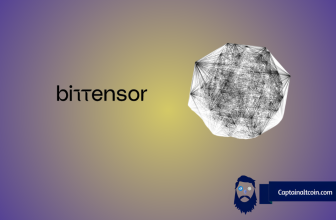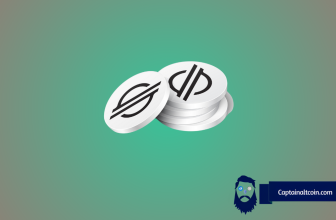
Unlocking the potential for high yields in the fast-paced crypto arena involves navigating through innovative platforms like Toncoin, Bitcoin Spark, and Chia. These digital assets offer distinct approaches, presenting opportunities for investors and enthusiasts to explore and capitalize on high yields.
What you'll learn 👉
How does Toncoin achieve high yields?
Toncoin serves as the native cryptocurrency of the TON network, transacting and interacting with the Telegram ecosystem. It powers various services on TON, such as crypto transfers within Telegram. The currency is central to TON’s app store, which hosts numerous apps using Toncoin for transactions.
TON operates on a sharded, proof-of-stake consensus mechanism, ensuring efficient parallel transaction processing. Validators are responsible for maintaining the network and processing transactions. Holders can also influence the network’s future through a decentralized autonomous organization (DAO), where votes are cast on proposed changes.
Tokenomics-wise, Toncoin has a maximum supply of 5 billion TON, with validators receiving rewards and posting an annual inflation rate of 0.6%. As such, a certain amount of new Toncoins are created and distributed annually, contributing to the total supply of Toncoins.
Holders of Toncoin can actively participate in the governance of the TON network, proposing and voting on changes or improvements to the blockchain and ecosystem. Active participation in shaping the network’s future can also indirectly influence Toncoin’s value and potential yields.
The TON network has seen increased developer activity, attracting projects and integrating with popular applications like the MMORPG blockchain game Tap Fantasy.
By staking Toncoins and participating in in-network governance, holders can earn rewards in the form of additional Toncoins. These mechanisms incentivize active involvement in securing the network and contributing to its development while offering potential high yields to participants. However, it’s important to note that while the potential for high yields exists, it also comes with associated risks, including market volatility and changes in the network’s rules and mechanisms.
What is Bitcoin Spark
Bitcoin Spark is a Bitcoin fork spicing up the Bitcoin network with additional functionalities to achieve high TPS and scalability. It pioneers a Proof-of-Process (PoP) mechanism set to increase project yields and fairly distribute rewards. PoP rides on a PoS and PoW mix to attain mining accessibility and affordable entry points.
BTCS mining is decentralized using the Bitcoin Spark application compatible with standard devices. The app empowers anyone to mine, regardless of resources, as the system encourages computation power rental.

BTCS is equated to a BTC platform loaded with smart contracts and dApps, making it more than a mere store of value or transactional token. Using a multi-layered approach featuring mining and consensus, the project promises high yields for reward distribution and self-sustainability. BTCS rents out GPU/CPU devices and provides advertising on its platform to generate revenue.
Bitcoin Spark is pooling resources through its ICO, currently making waves in phase seven at $3.25 with a 6% bonus. On its November 30 launch, BTCS would have risen to $10, yielding its holders a 326% ROI. BTCS guarantees transparency and stability through its various audit certifications.
What is Chia?
Chia is a cryptocurrency and blockchain platform addressing environmental and centralization concerns linked to traditional PoW cryptocurrencies. Founded by the creator of BitTorrent, Chia uses Proof of Space and Time (PoST) instead of PoW. Participants allocate unused hard drive space to prove contributions to the network. Participants farm plots of space, with more space increasing the chances of successfully mining new blocks.
Chia aims to distribute mining power evenly and reduce centralization risks using unused hard drive space. XCH powers transactions, network security, and governance. Chia’s approach brings sustainable and decentralized cryptocurrency by utilizing hard drive space instead of excessive computational power. However, concerns regarding its impact on the hard drive market are rife.
Learn more on BTCS and ICO:








